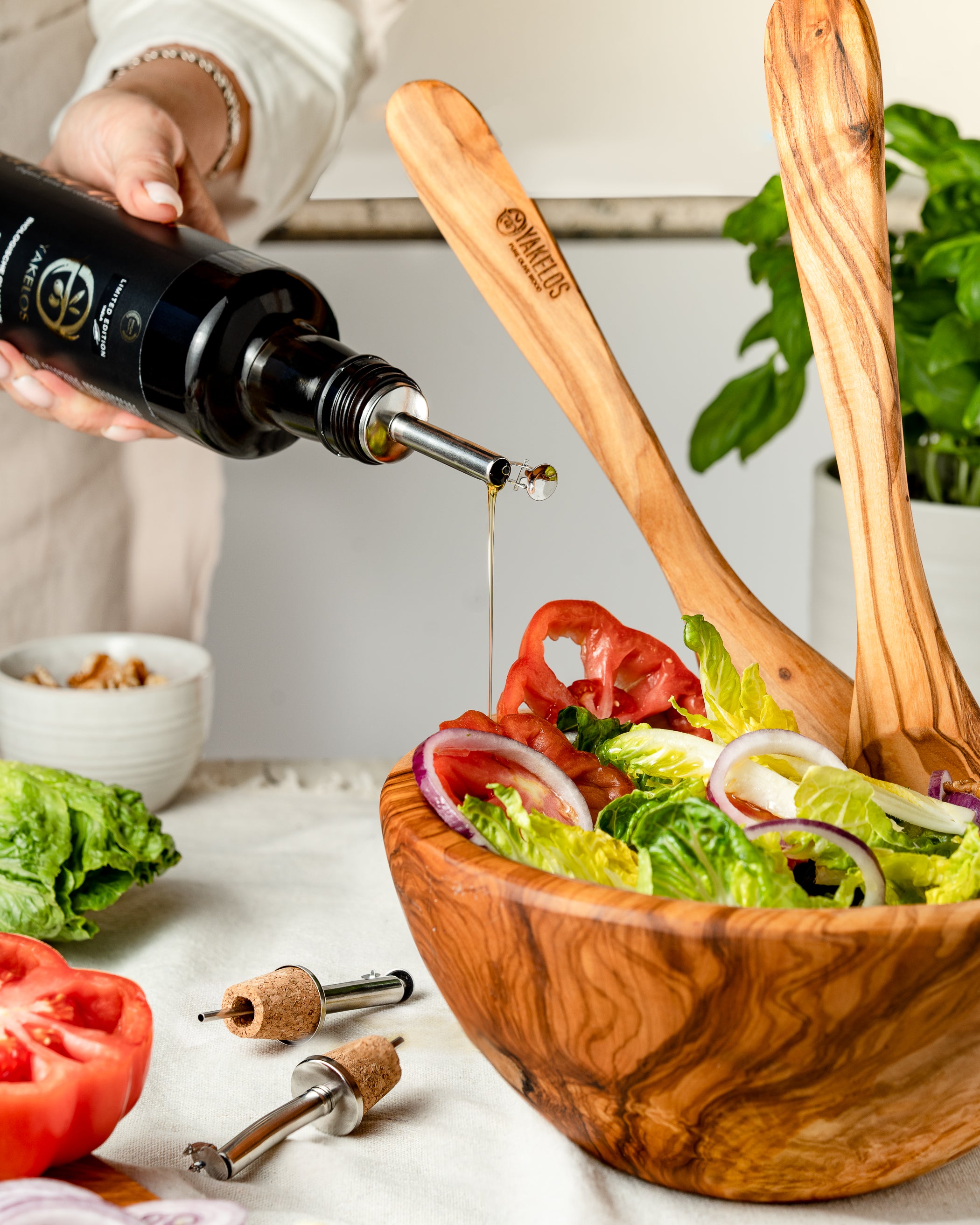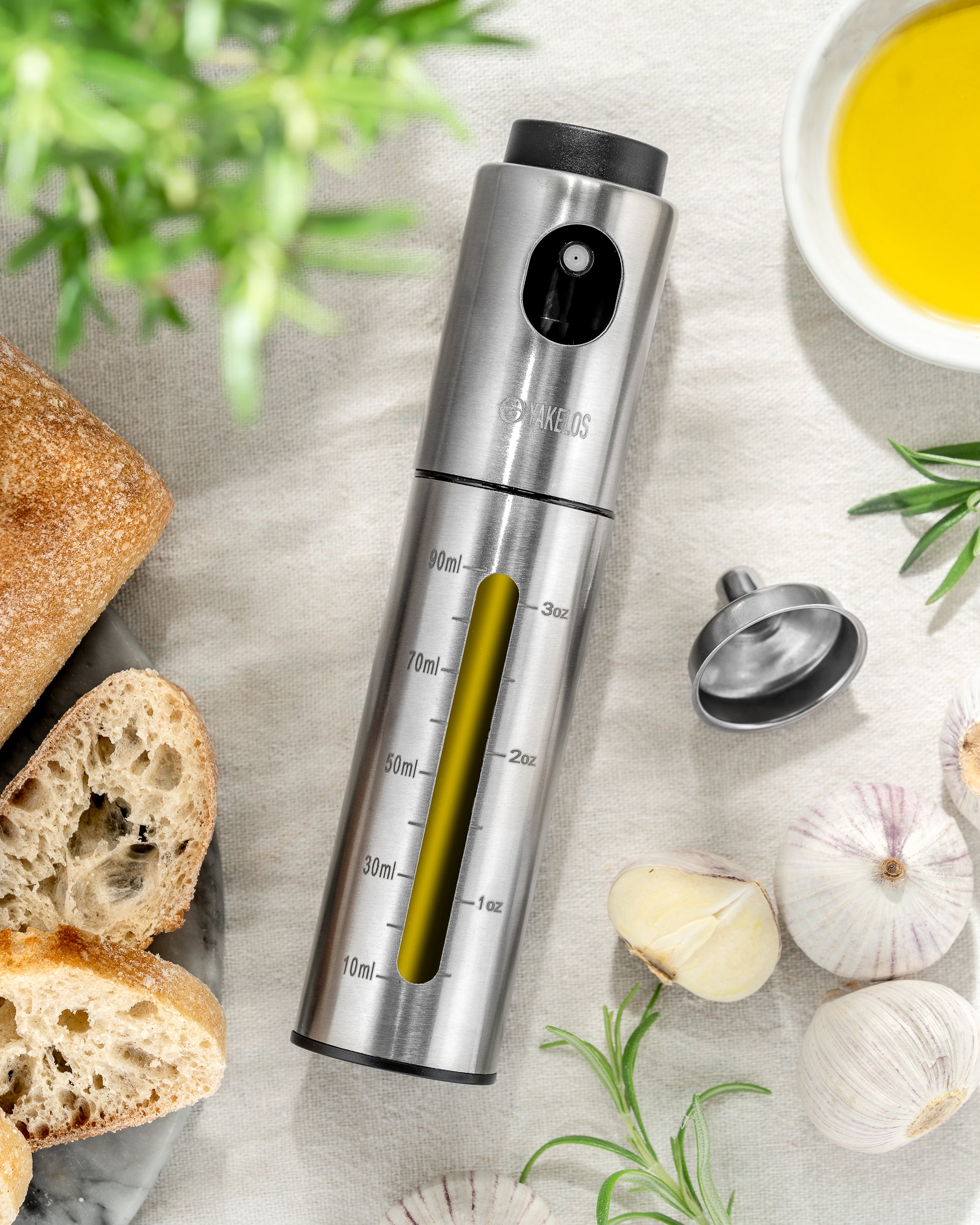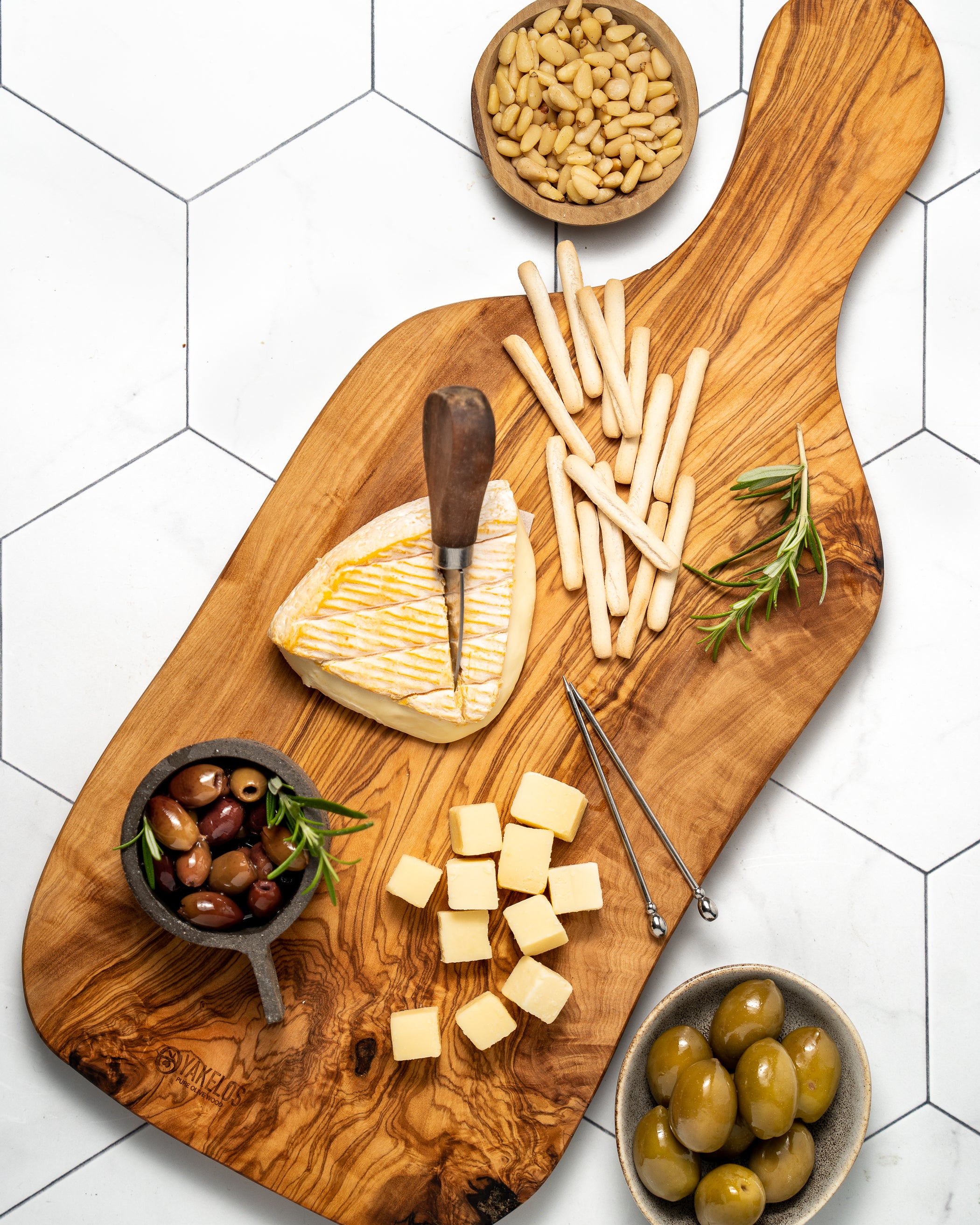Nowadays you can buy containers of industrially made tapenade in every supermarket. It doesn't taste bad, I have to admit, but take a look at the list of ingredients. You will notice that there are quite a few additives hidden in that tapenade, apparently to improve the taste or to increase the shelf life.
How nice would it be if you could serve your family or friends a bowl of real, original and homemade tapenade. Is that difficult? No, because to make an original tapenade you only need a few ingredients.
The history of tapenade
The culinary history of almost all countries on the northern coasts of the Mediterranean area shares many similarities. This is mainly due to the climate and the inhospitable (and formerly densely forested) areas, but also to the legions of the Romans. They not only brought their soldiers to the often uninhabited coasts, but also their culinary arts. And they borrowed many of their recipes from the Greeks, although they often adapted them to their own taste.
The word tapenade comes from Provençal and Occitan, two southern French departments. It is a diminutive of tapeno, which means 'caper'. Ultimately, it can be traced back to the Latin capparis ('caper').
It was not until 1880 that 'the' tapenade was invented by chef Charles Meynier of 'La Maison Dorée', a restaurant in Marseille, to garnish a few hard-boiled eggs. He pulverized an equal amount of capers and black olives. He added anchovies and marinated tuna. Then he found it necessary to add some pepper, extra virgin olive oil and even cognac. The whole thing was combined with a whisk to form a paste. This extravagant version of tapenade has not stood the test of time.
The modern tapenade
Over the years, more and more ingredients have disappeared from Charles Meynier's recipe. In this case too, the adage less is more applied .
What remained is a tapenade consisting only of black olives, capers and extra virgin olive oil. Simple to make and deliciously rustic in taste.
Now you might think that perfection cannot be improved, but do a quick search online and you will discover that almost everyone is trying to 'improve' tapenade these days. More and more ingredients are added to the recipe and we are increasingly crawling back to the lavish recipe of Charles Meynier.
Our advice is: Ignore that nonsense and make the version with the least ingredients.
Ingredients:
- 100 grams of black olives (preferably French Niçoise , but Kalamatas are also allowed)
- Two tablespoons of capers
- Two tablespoons of extra virgin olive oil
- Sea salt and black pepper (to taste)
Preparation:
- Mix the olives, capers and extra virgin olive oil with a mortar and pestle or hand blender. It is okay if there are some pieces left in the tapenade, that gives it a bit more structure. So do not mix for too long.
- Is the tapenade a bit dry? Then add one more tablespoon of extra virgin olive oil.
- Then season the tapenade with some sea salt and pepper.






